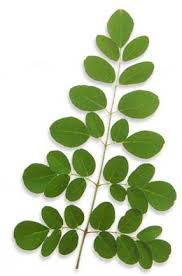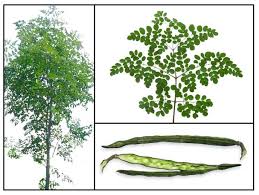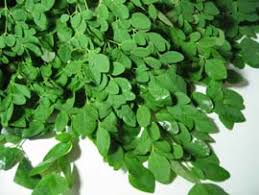The plant wasn’t a stranger for most of us, Filipinos, because it is our favorite “Malunggay”. Malunggay leaves sometimes play as spinaches in some Asian foods similarly on how malunggay fruits were used to play as asparagus substitutes. Horseradish trees loves the hot tropical climates, desserts and living rooms that’s why these trees are scattered around Tropical Far East regions mostly in India, Malaysia, Thailand and Philippines. Also, some species of the plant are found in some western regions like in Mexico. In Philippines, malunggay has a big role in most Filipino dishes esp. in our stews or “tinola’s” for its nutritional and economical advantages.
Malunggay is very economical for it doesn’t need high growth maintenance and in-depth planting skills. A malunggay can be grown by planting a cut branch. A small branch could grow as tall as 15 feet and that contains already a lot of leaves, flowers and fruits. The plant’s surviving skills even make it easier for us to find and to take care of it. Malunggay can survive and grow in drought conditions and can withstand overly acidic, salty and alkaline soil. In Philippines, malunggay trees are just found everywhere and it was so abundant that a malunggay tree even exists around the polluted conditions of the metro. Since malunggay trees are just scattered everywhere, Filipinos can always just pick the leaves, fruits and flowers directly from the malunggay trees that neighbors our houses and my mom, aunts and grandma always do that whenever the kitchen calls for it.
Aside from being economical, some researches and literatures states that most parts of the tree of malunggay are very nutritious for it contain many vitamins like vitamin C and other minerals. The flowers, which appear eight months during the year, contain calcium and potassium. The fruits and leaves of the malunggay also have potassium and calcium. Malunggay contains four times more calcium than milk, three times more potassium than bananas and four times more beta-carotene than carrots. The leaves also contain three times more iron than spinach. In addition to its nutritional benefits, both fruits and leaves contain seven times more vitamin C than oranges.
Aside from being nutritious and economical, Malunggay fruits, leaves and flowers are very flexible and tasteful ingredients. The flowers when cooked are edible and taste like mushrooms, which is nice for vegetarians for mushrooms’ taste satisfies meat cravings. The leaves and flowers could be used to make a healthy tea that is best served to pregnant and newly birth women for it helps in their lactation. Malunggay leaves could always be added in any stews and soups. Malunggay leaves are always good for our digestion and drinking fresh malunggay stock could aid constipation. For those that do not eat rice, malunggay leaves with or without other greens could be made into a pesto sauce that you could use as a pasta sauce, a sandwich spread or a dip. In Philippines, some bakeries offer breads esp. our popular breakfast bread, Pandesal, with different flavors, which includes malunggay.
Malunggay has some medicinal and external uses also. Rubbing freshly squeezed juices of malunggay leaves on back and chest could help in aiding the discomforts of high blood pressure. Juices from freshly pounded and crushed malunggay leaves could also help in healing wounds. A concoction of malunggay roots, seeds and water could be boiled then cooled for underarm odor problems. Small and freshly pounded parts of the roots could be use as a first aid for toothache by applying the pounded parts over the affected area. For sure, malunggay trees has still a lot to offer and so further researches and discoveries about this miracle vegetable could definitely be a world’s treasure. A healthy lifestyle starts from a healthy diet and the best way to start a healthy diet is to know the healthiest food around and knowing the nature’s medicine cabinet might just be a good first step.









nice info!
ReplyDeletethanks!
^^